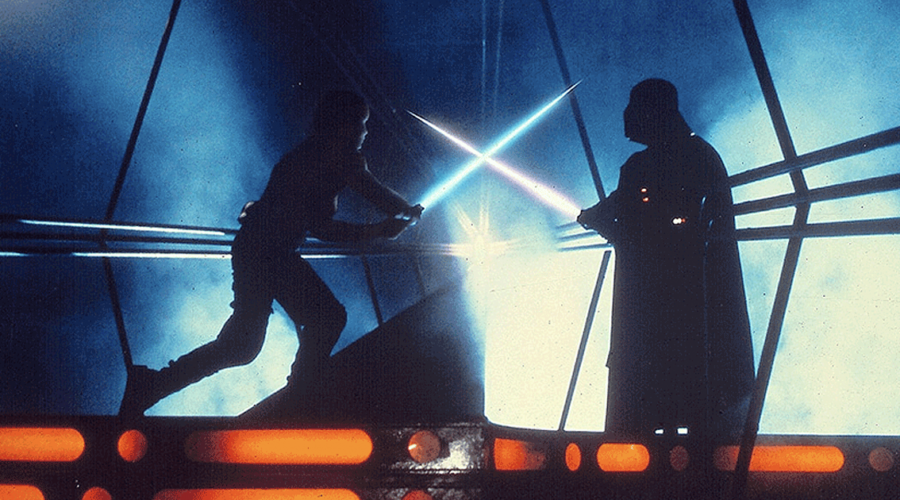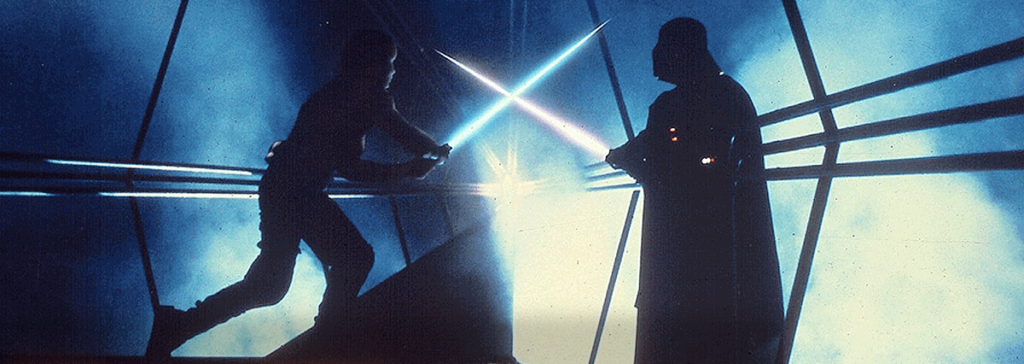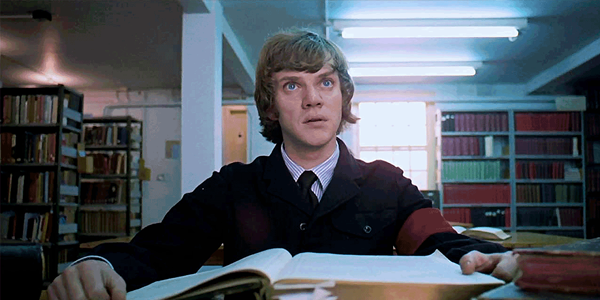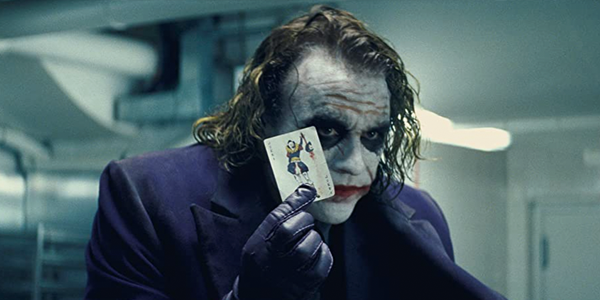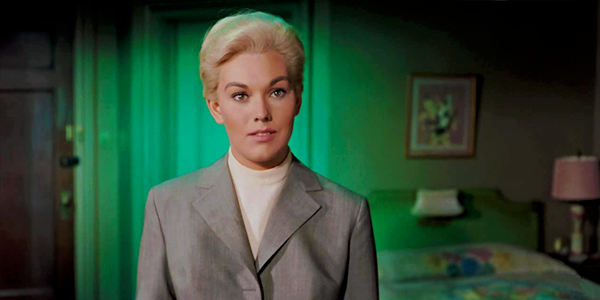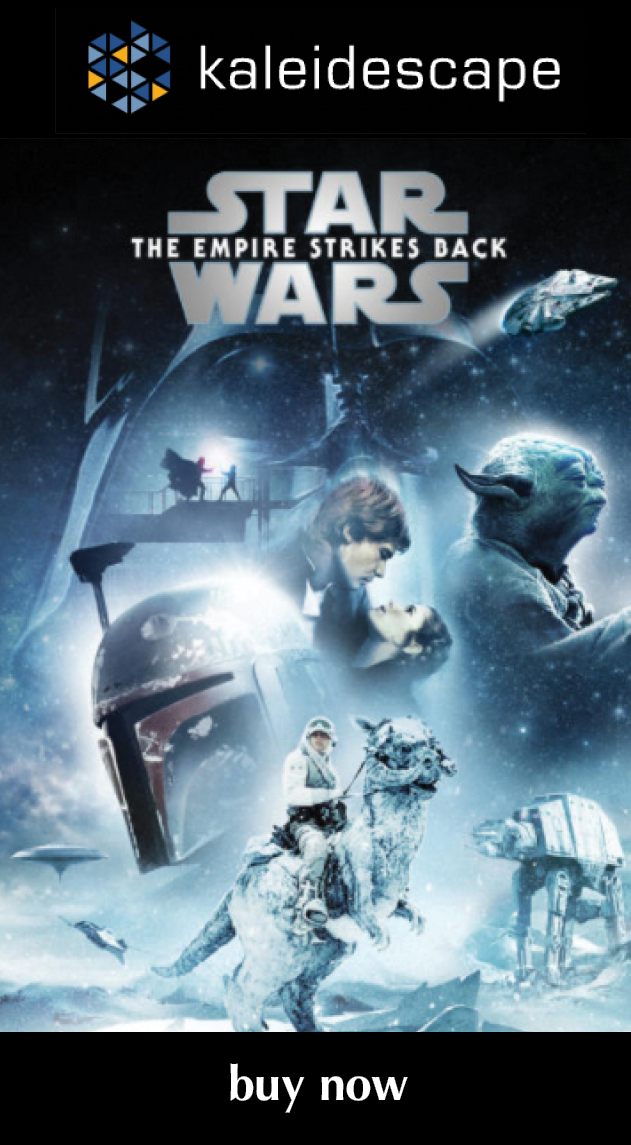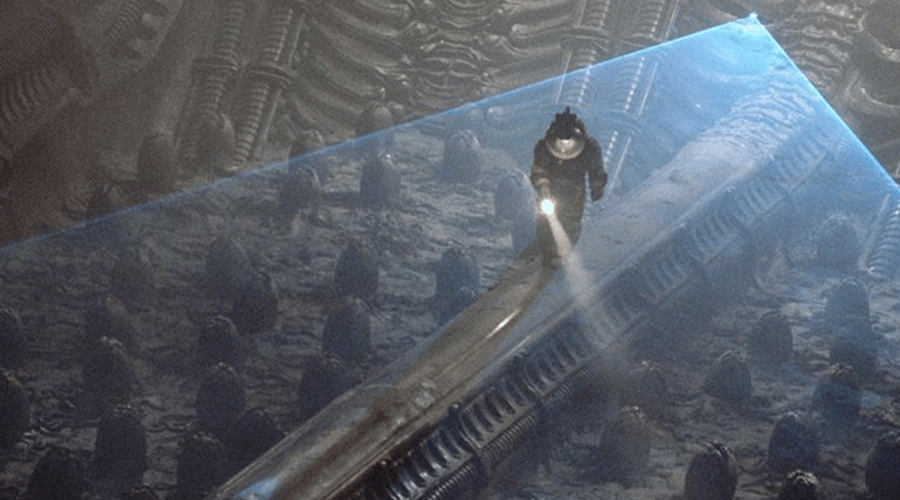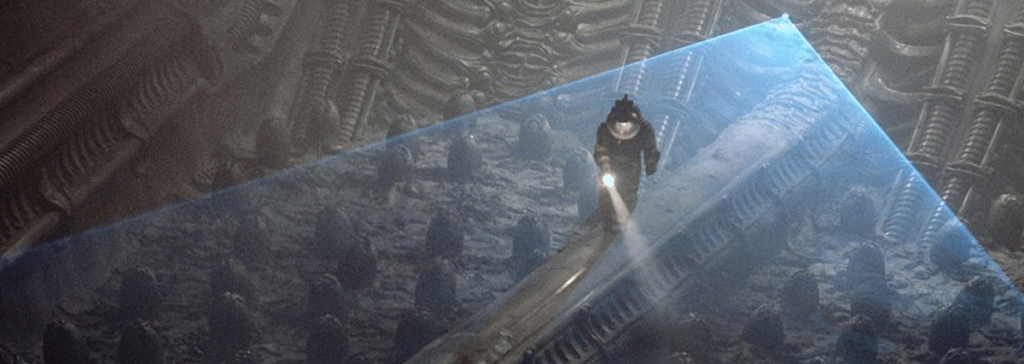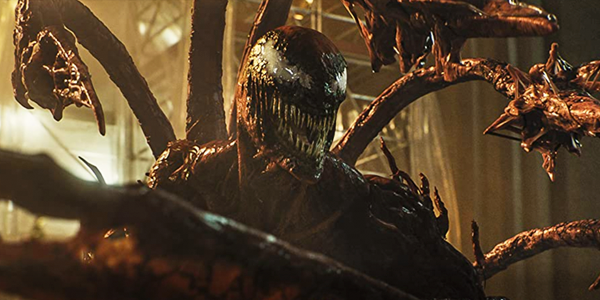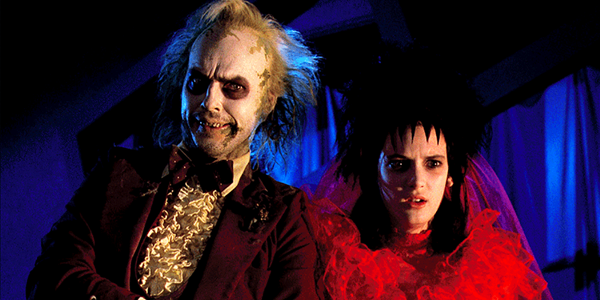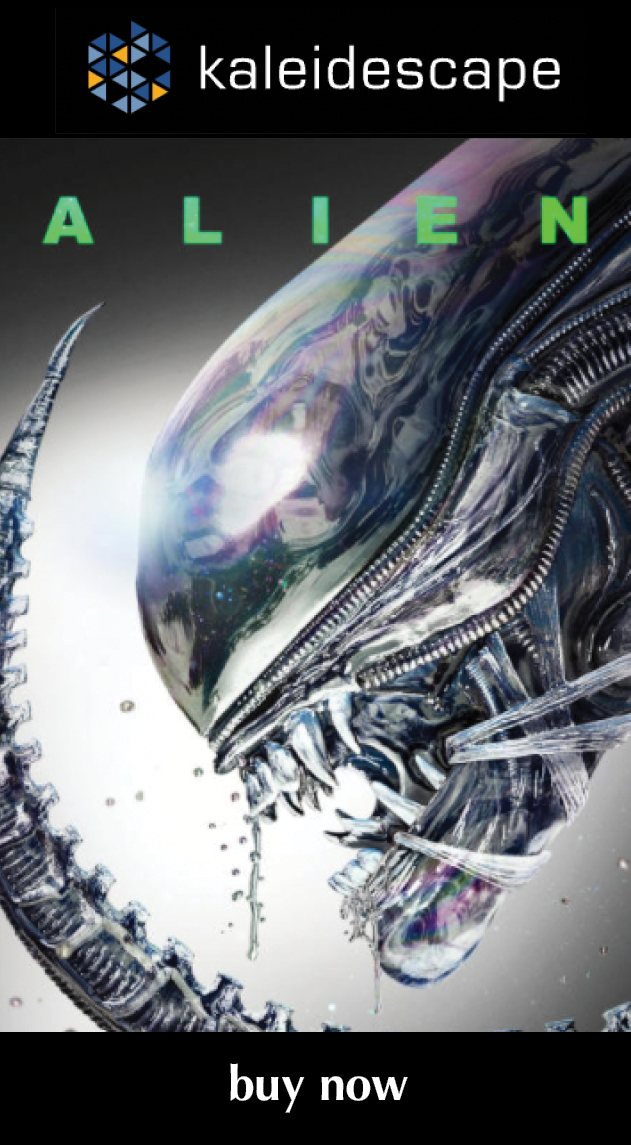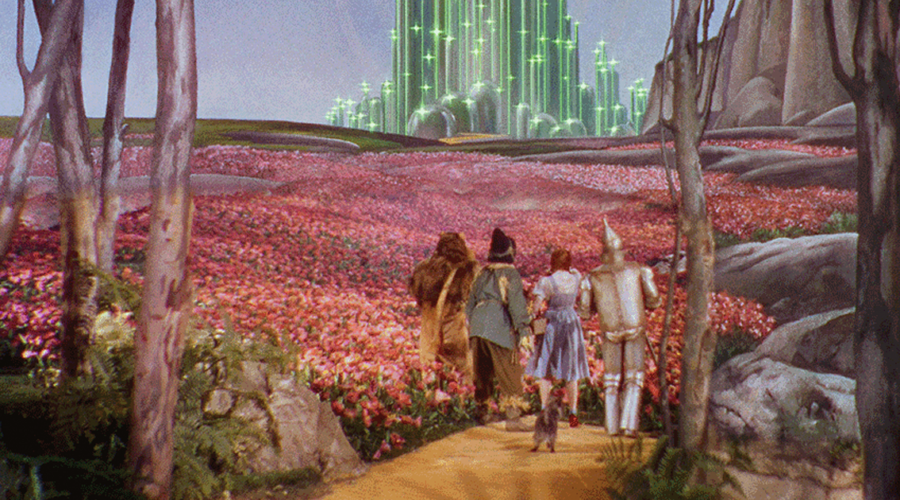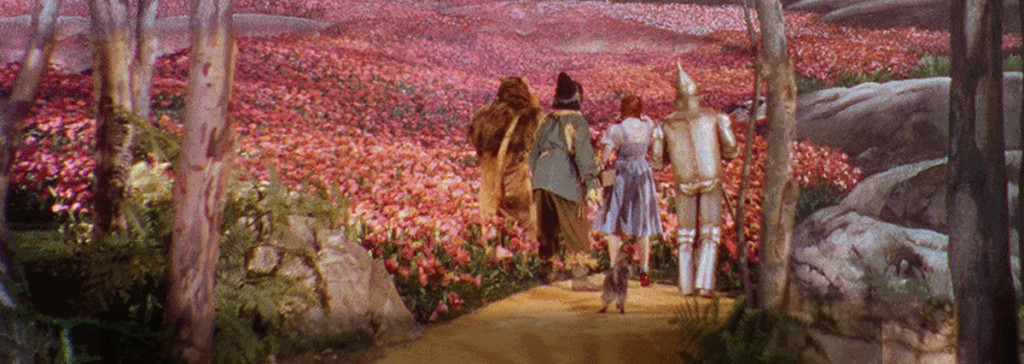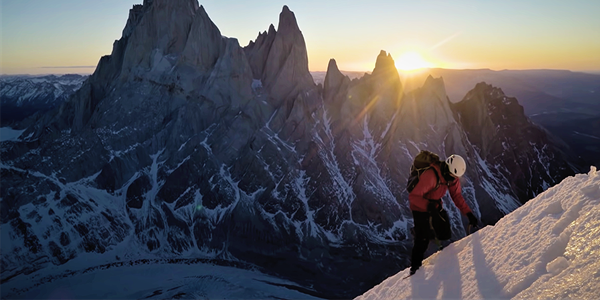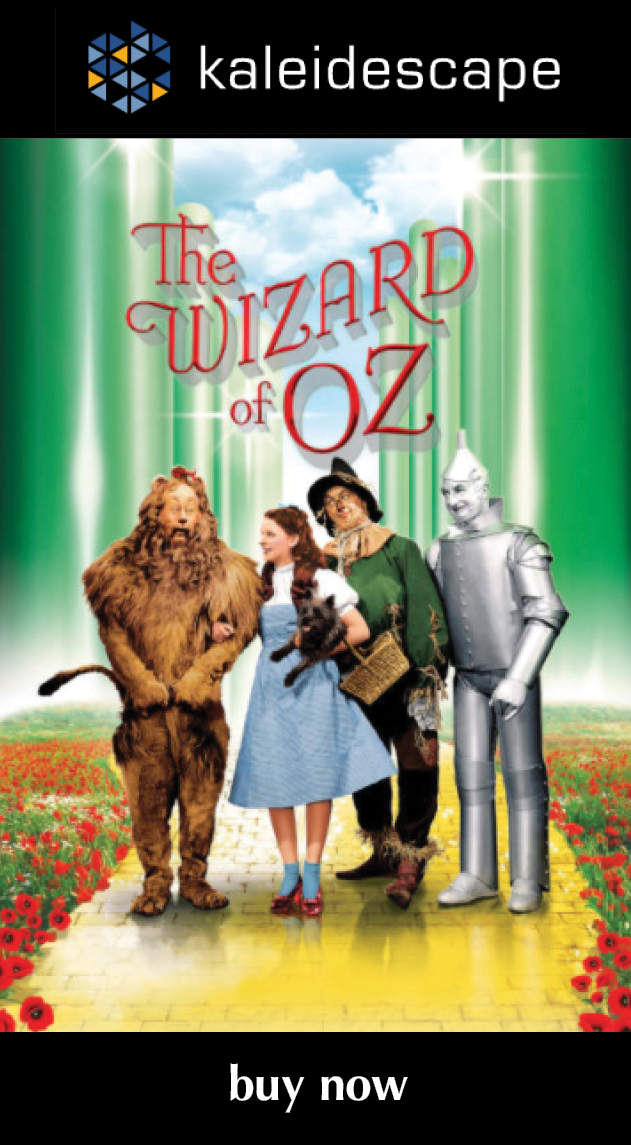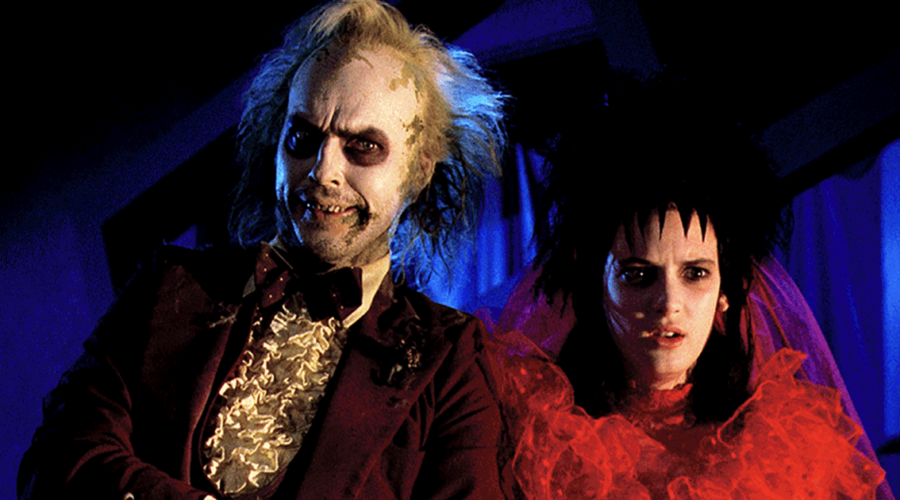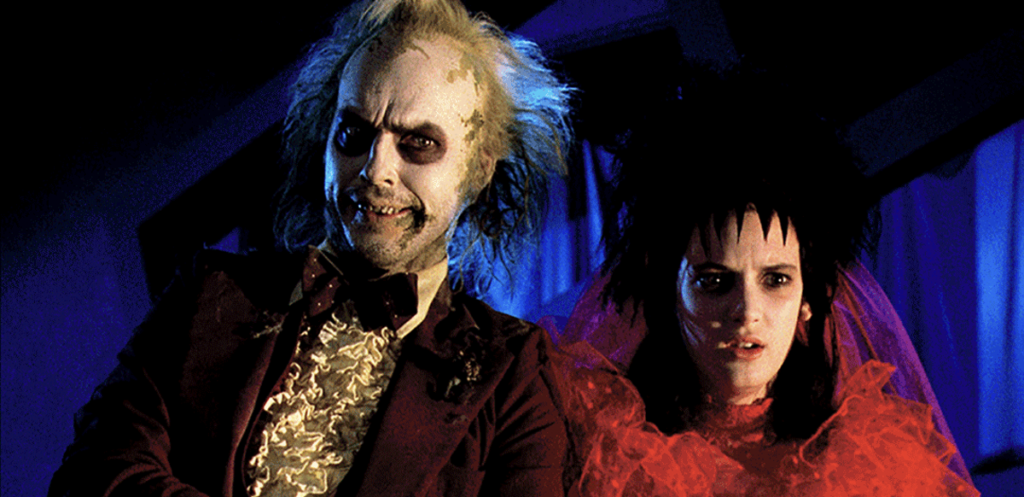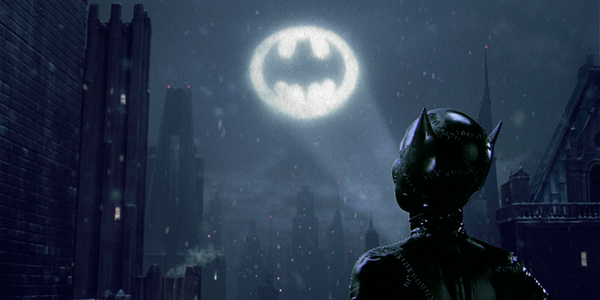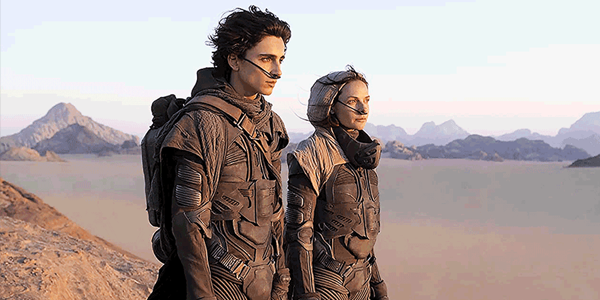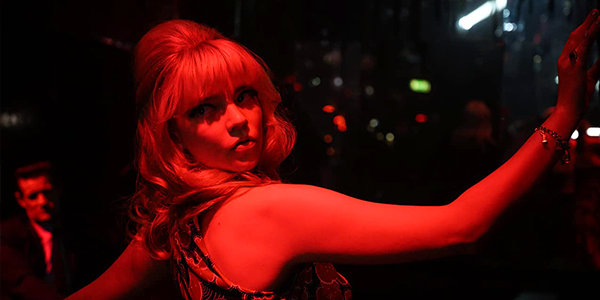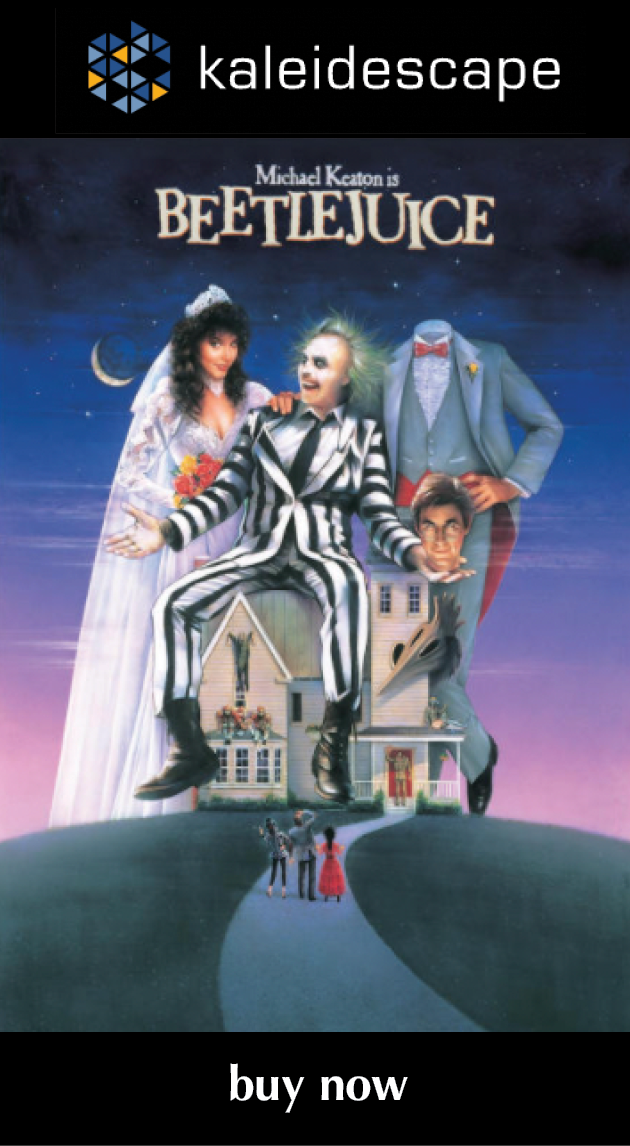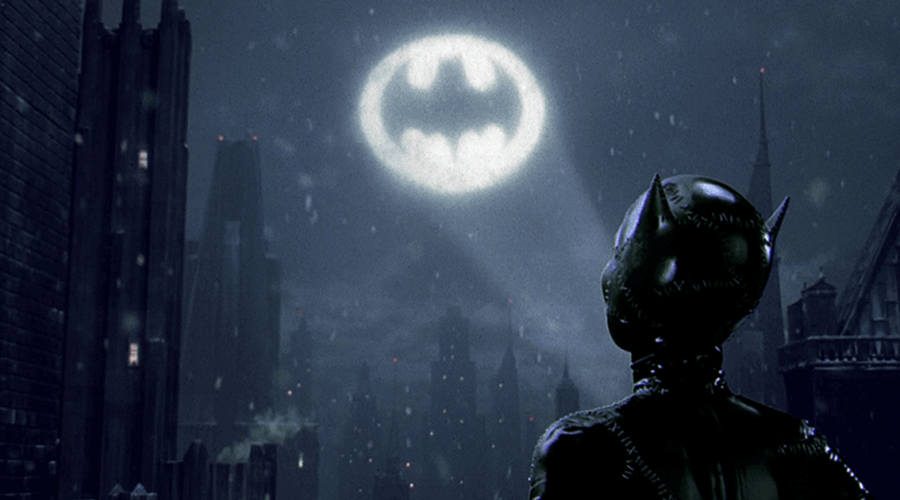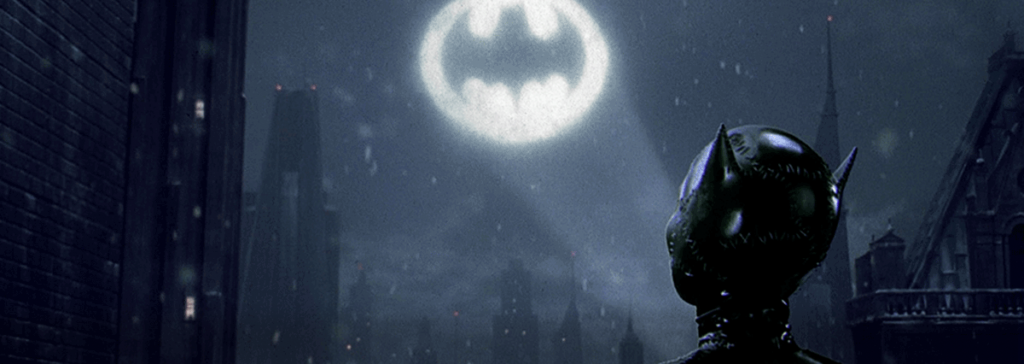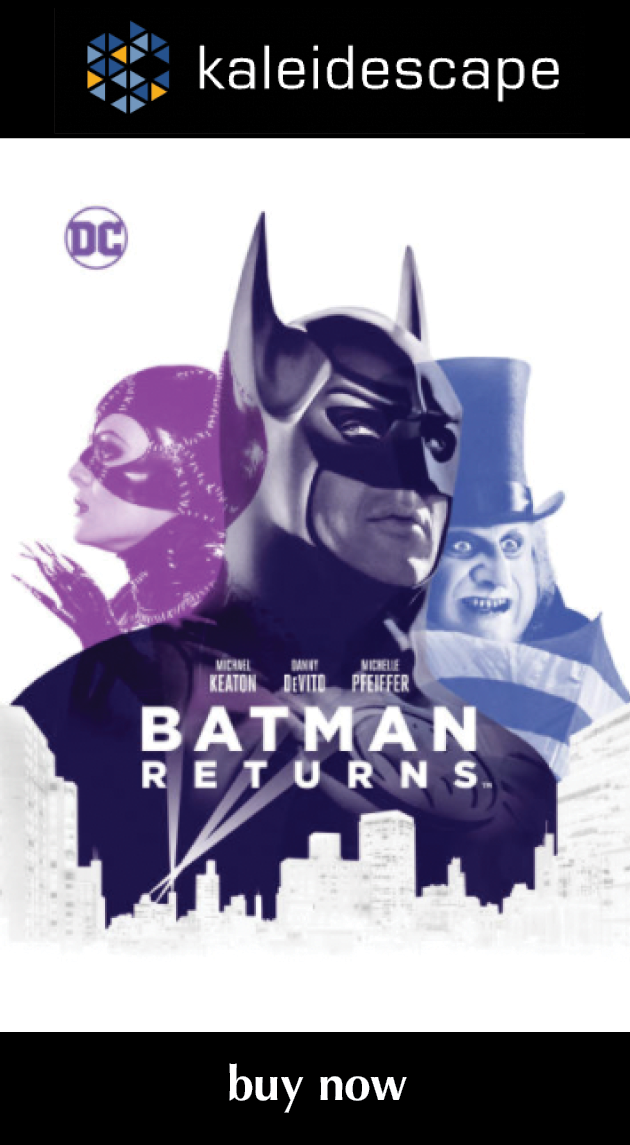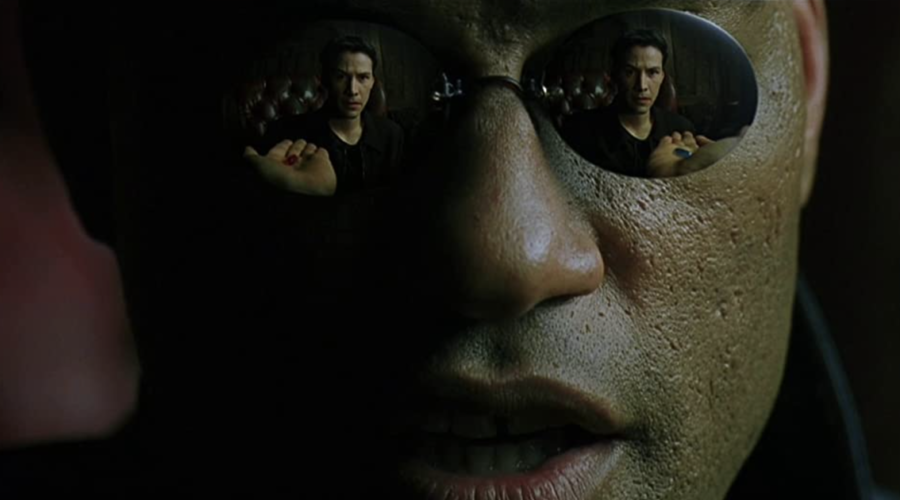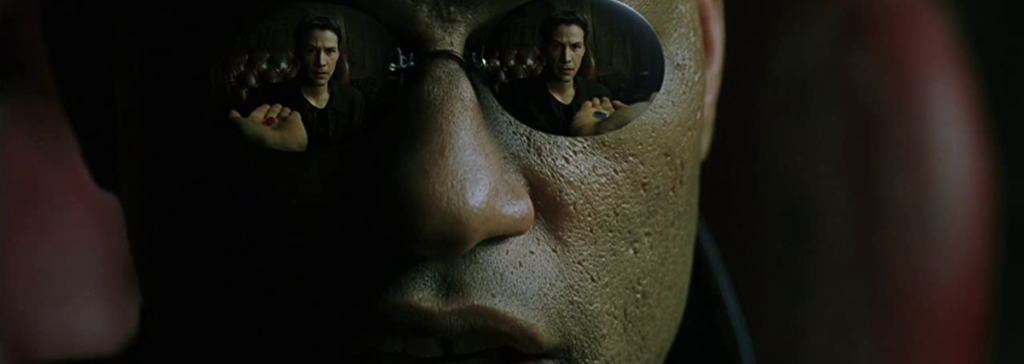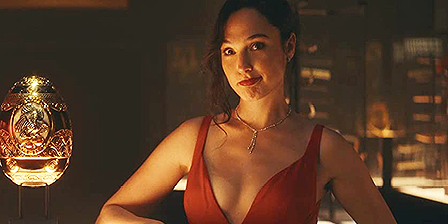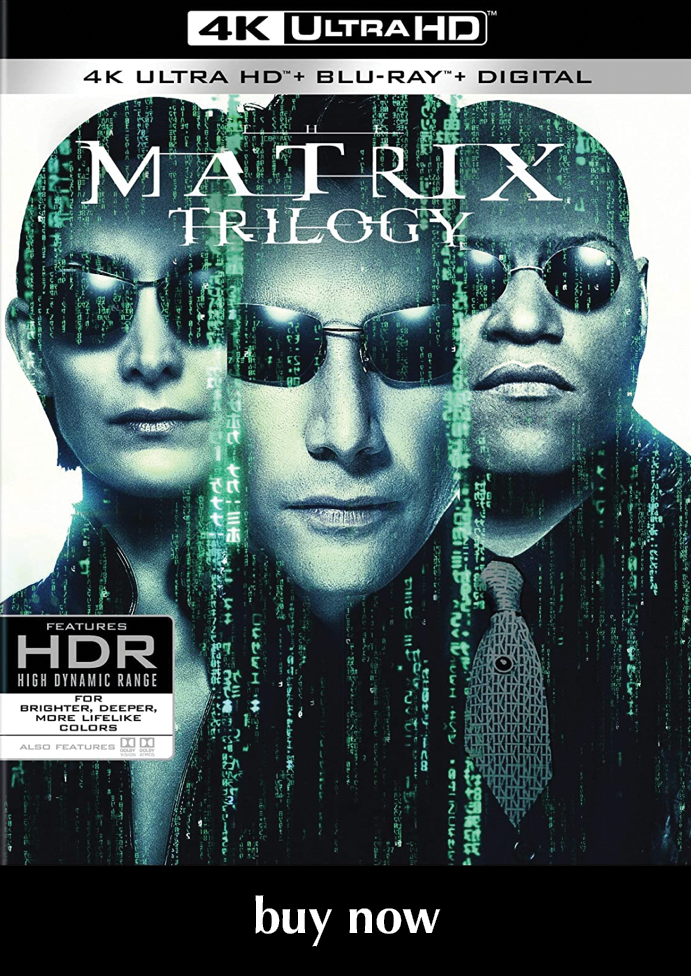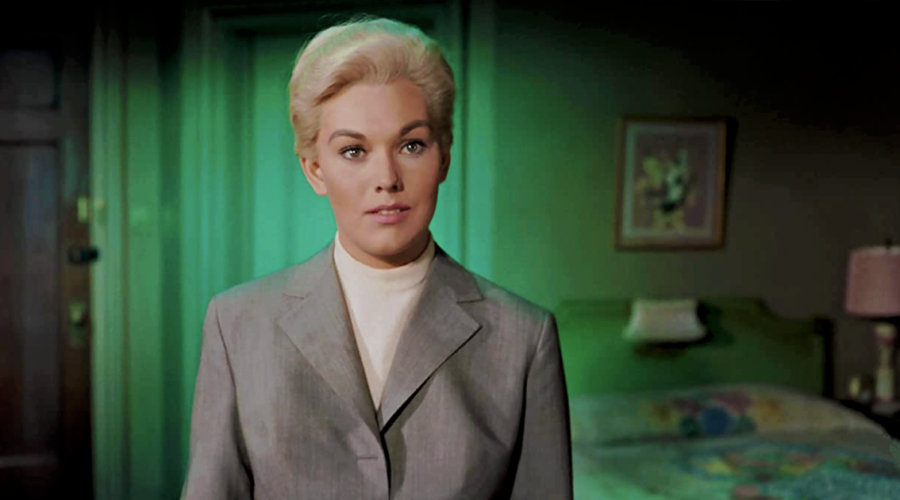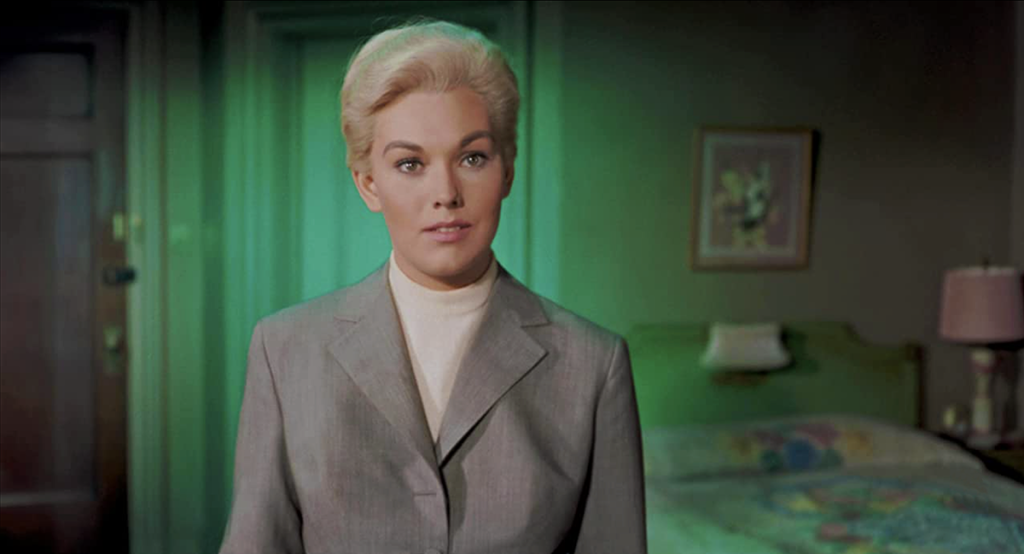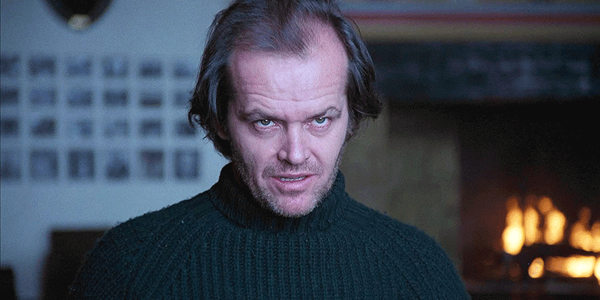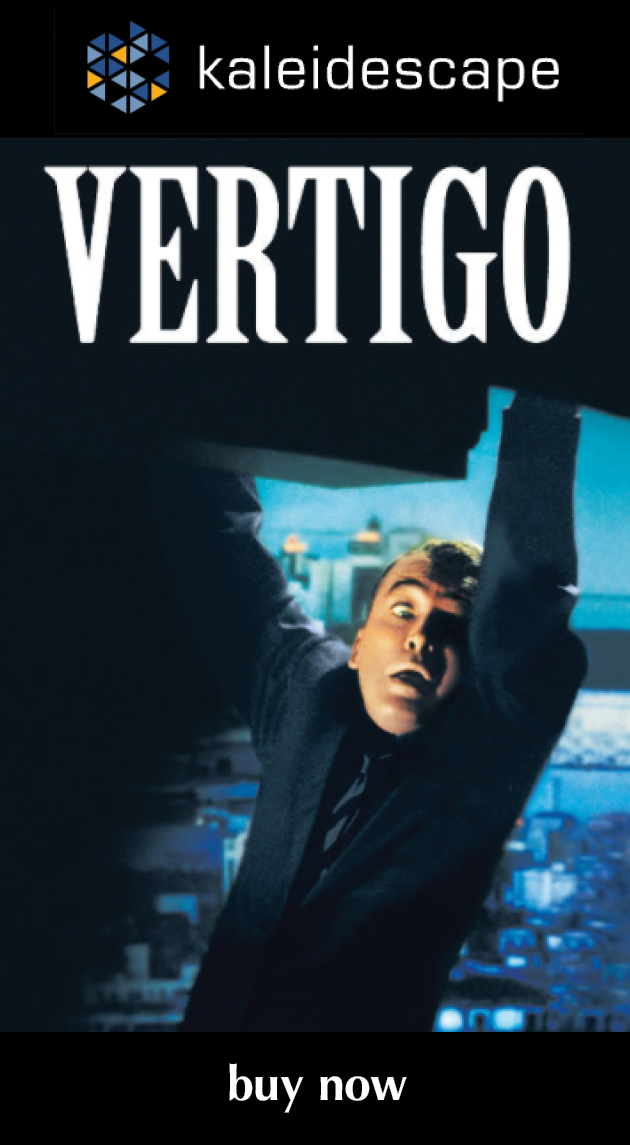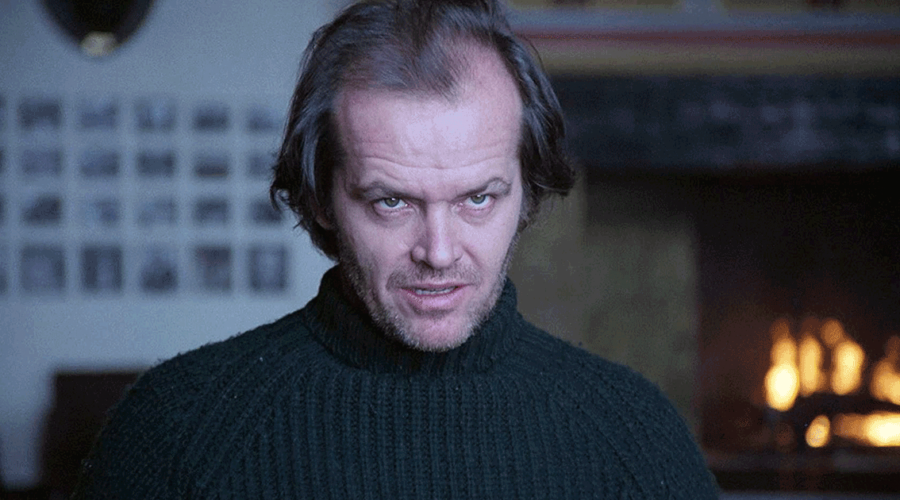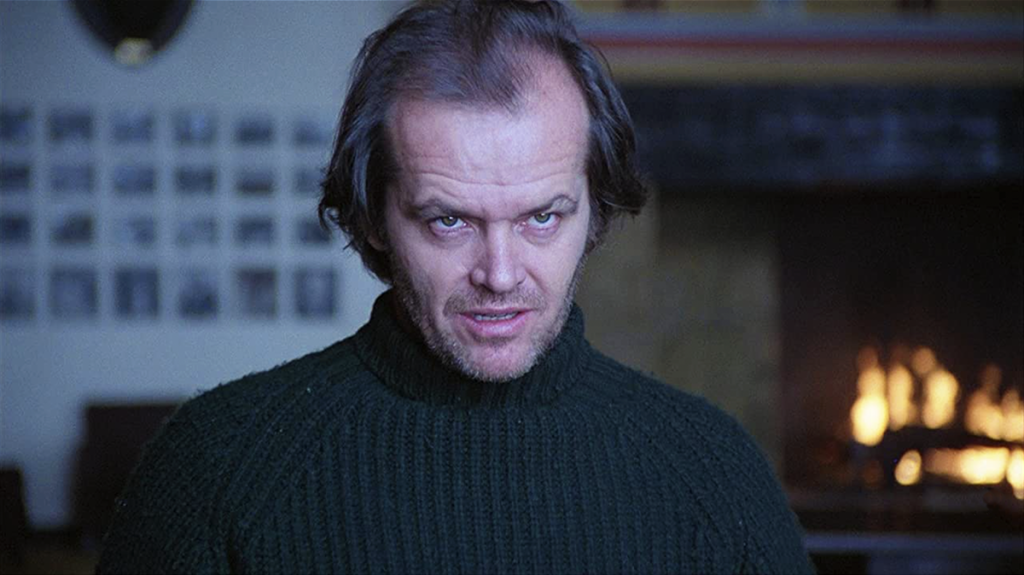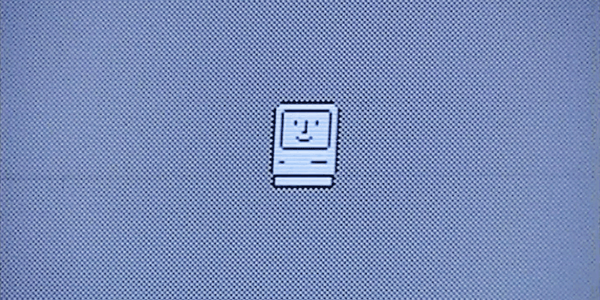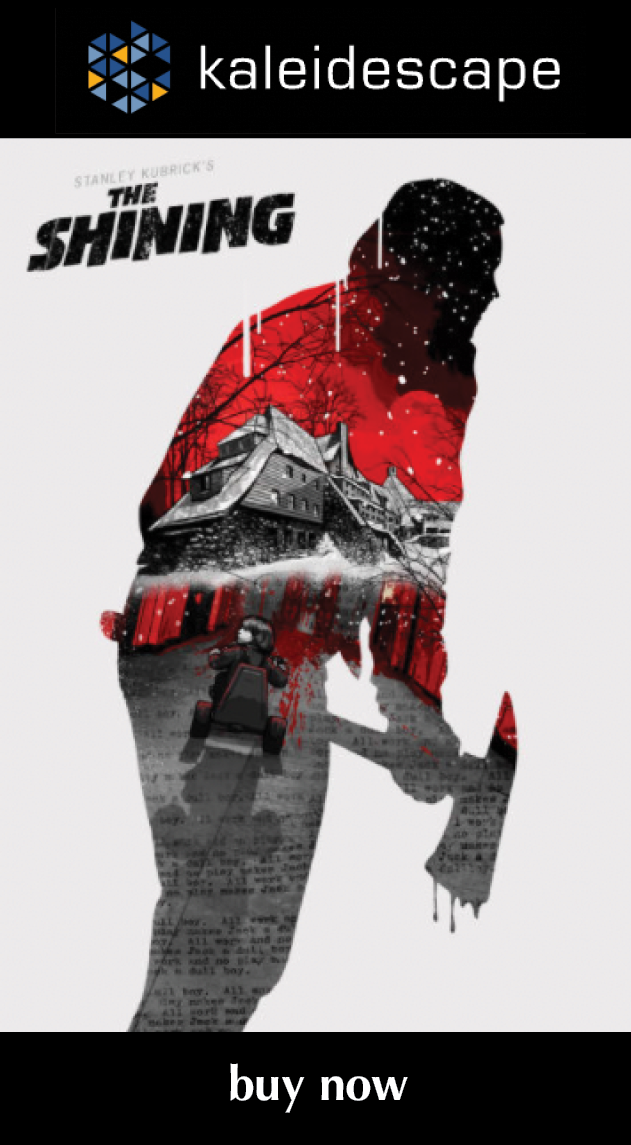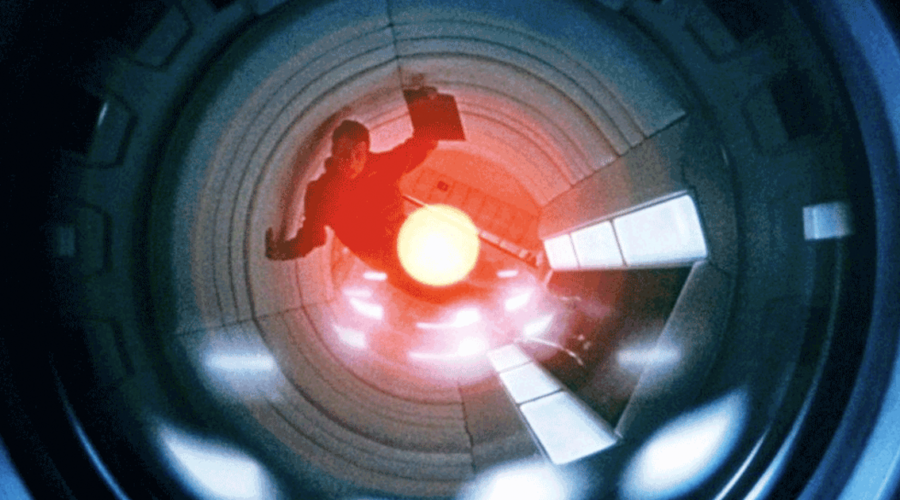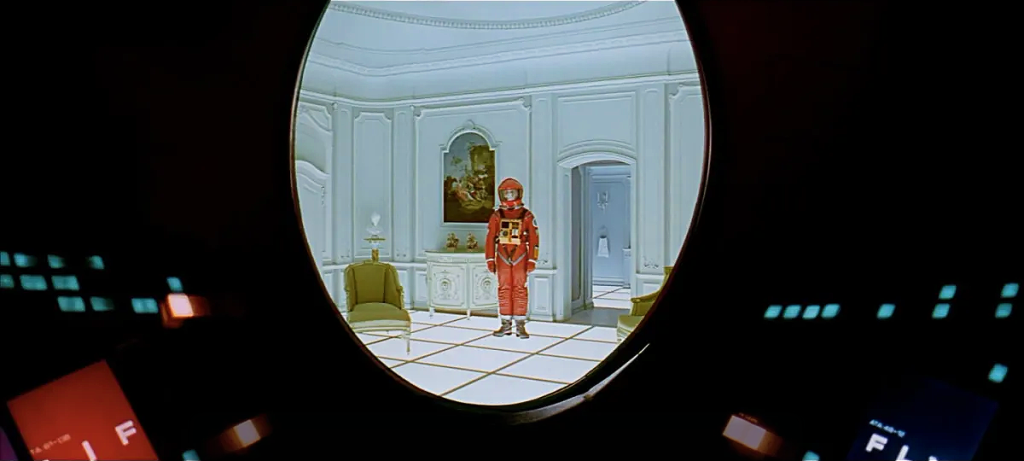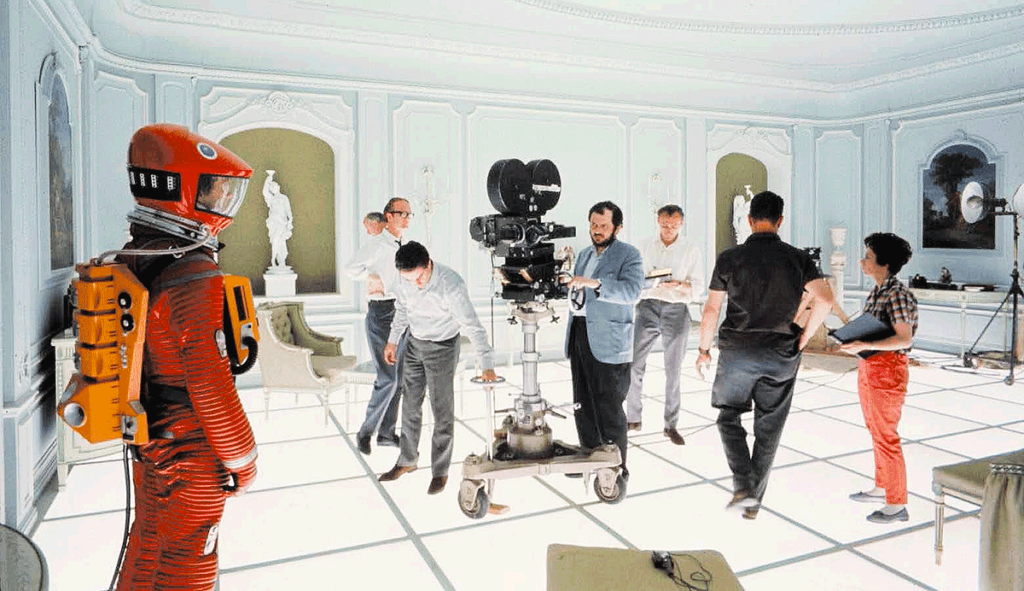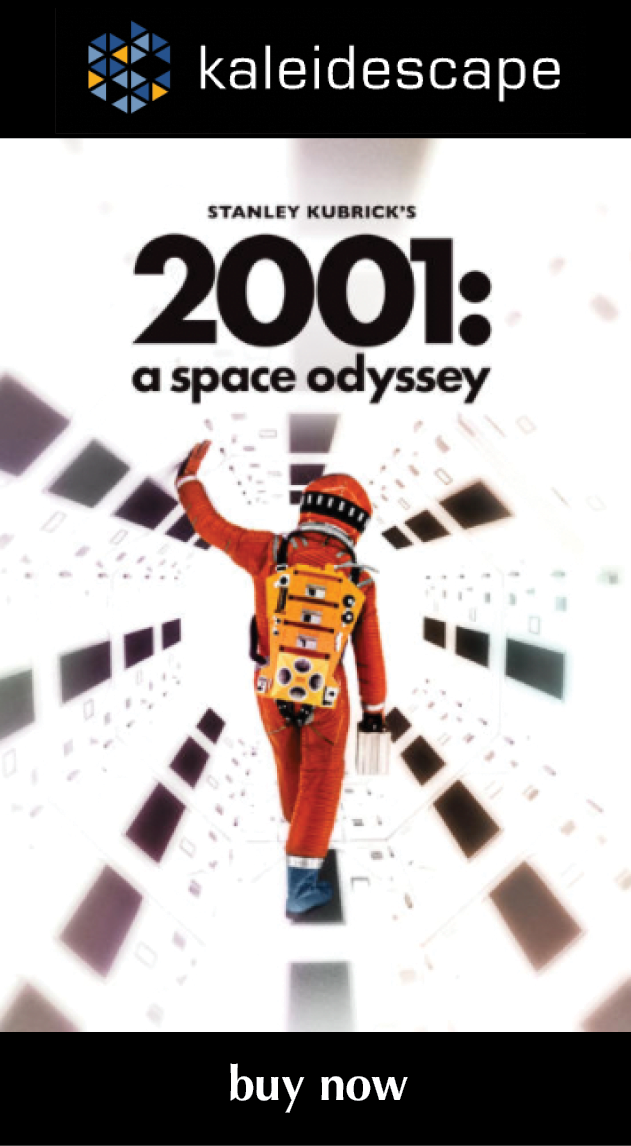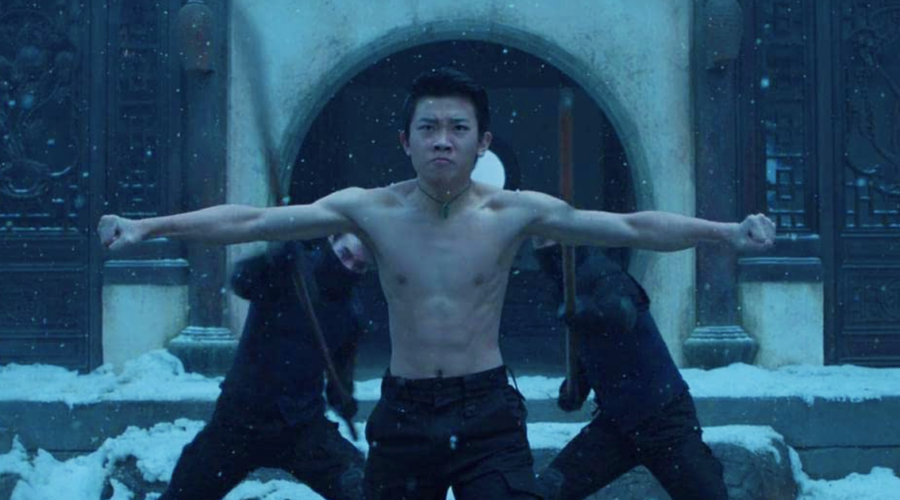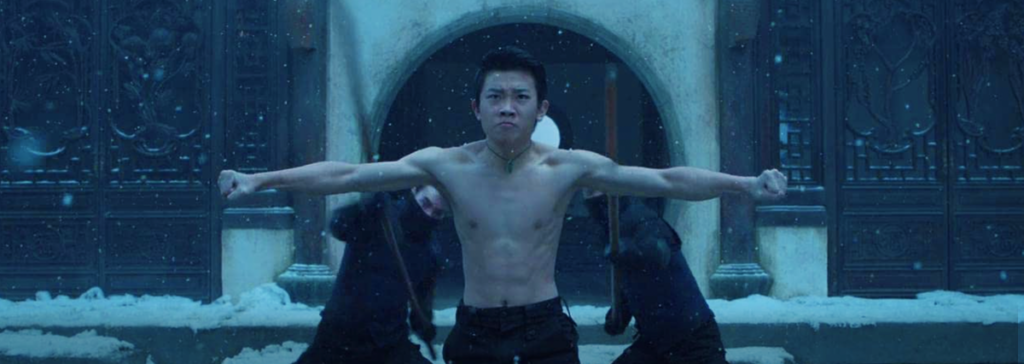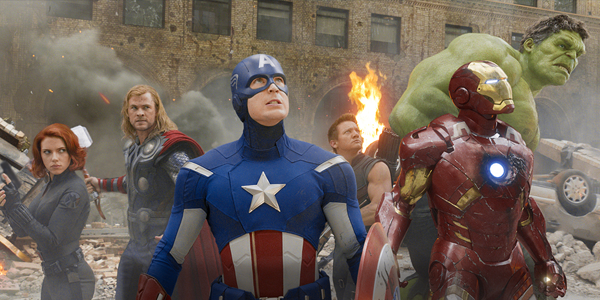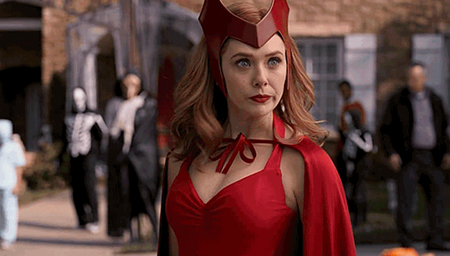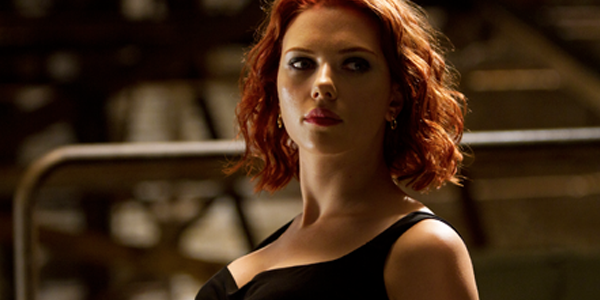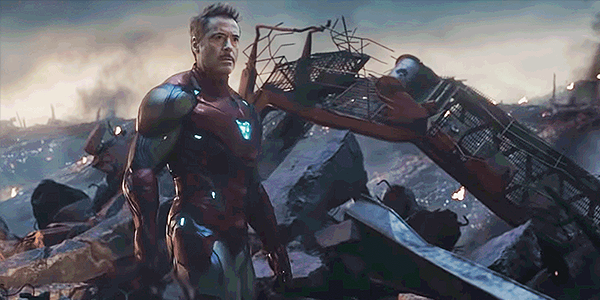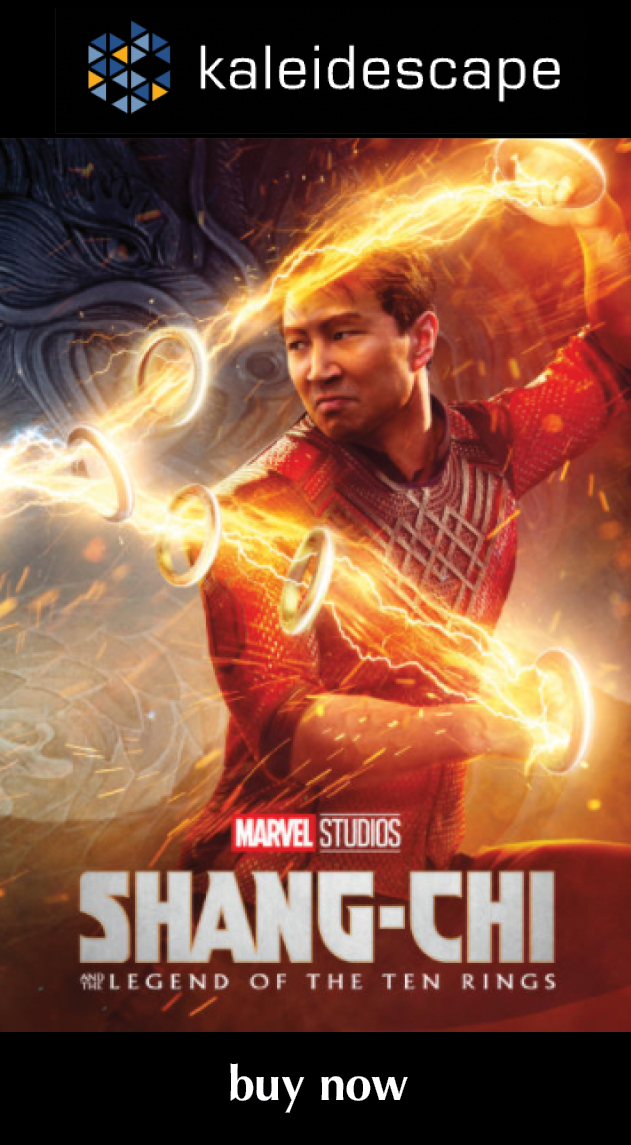Review: The Empire Strikes Back
recent reviews
Sign up for our monthly newsletter
to stay up to date on Cineluxe
The latest release of the best of the Star Wars bunch excels on both the 4K HDR and Atmos fronts
by John Sciacca
April 29, 2020
Disney and Lucasfilm gave Star Wars fans a real gift this year, making all nine of the franchise films (plus offshoots Rogue One and Solo) available for the first time in 4K HDR transfers with Dolby Atmos immersive-audio soundtracks. And, as an even more special May the Fourth present, the films are also all currently marked down at sale prices through digital retailers, with each movie available for download at Kaleidescape for $13.99 (opposed to the usual $33.99). A bargain in any galaxy . . . no matter how far, far away!
While I’ve reviewed the two latest films in the Star Wars canon—The Last Jedi and The Rise of Skywalker—we thought it would be interesting to take a look further back in the franchise and view one of the installments widely considered to be the best of the bunch: The Empire Strikes Back.
I was seven when Star Wars—now known as A New Hope—was released in 1977, and I can’t remember being as excited about seeing a sequel as when Empire came out in 1980. I clearly remember begging my dad to take me on opening night and then breaking down and sobbing when he said he wouldn’t—a devastating blow to 10-year-old me having to wait even one extra day! (For the record, I have seen every Star Wars film since—including the Special Edition re-releases—on opening day.)
As impressive as the first film was, Empire ratcheted everything up several notches: Exciting new locations—Hoth, Dagobah, Bespin; new weapons—snow speeders and AT-AT walkers; Jedi training, and a far more impressive lightsaber battle between Vader and Luke (Mark Hamill) ; new characters—scoundrel/frenemy Lando Calrissian (Billy Dee Williams), the Emperor (Ian MacDiarmid), a character so powerful even Vader kneels before him, and a new Jedi Master, Yoda! Plus, a huge—you actually want to hear an audience let out an audible gasp!?—revelation from Vader, along with introducing everyone’s favorite bounty hunter, Boba Fett.
With all that going on, it’s no wonder this movie is both the best reviewed—Rotten Tomatoes critics’ score of 94—and most fan-loved—audience score of 97—of the series, along with being my personal favorite. And it not only holds up after 40 years, but, oh my damn! does it look and sound absolutely amazing! Fully restored and taken from a new 4K digital intermediate, Empire is clean, detailed, sharp, and visually stunning, and has never looked as good as we have it now.
As stunning as the audio and video transfer is, nearly as impressive is not only how well the film holds up but just how impressive the visual effects still are. Sure, you can tell that the Tauntauns and AT-ATs are stop-motion miniatures and some of the matte paintings can’t compete with modern CGI, but overall, the film still absolutely delivers. (Leia calling Han “laser brain” and Luke oddly scratching Chewie under the neck still remain cringeworthy.)
George Lucas famously broke away from the Hollywood machine after the first film, deciding to take full control of his story and opting to finance Empire entirely on his own (a story documented in the fascinating two-and-a-half-hour Empire of Dreams—The Story of the Star Wars Trilogy, available for streaming on Disney+). Doing this not only made him fabulously wealthy, it made him realize he would be too busy to take on the directing chores, instead asking a former film professor, Irvin Kershner, to take over at the helm. Besides managing finances, Lucas also supervised the special effects of his other budding enterprise, Industrial Light and Magic, and remained involved as executive producer, writer, and editor, something you get an interesting glimpse into via one of the included special-feature docs “George Lucas on Editing The Empire Strikes Back.”
You’ll notice the improvement in picture quality literally from the film’s opening seconds. The starfield is black and crisp with hundreds of bright pinpoints of starlight (were there always that many stars?), and the text scrawl is a glorious vibrant yellow that’s so razor-sharp it leaps off the screen.
All of the space shots are wonderfully deep and black, with bright star points and little lights illuminating the various ships along with a variety of colored engine plumes. These shots feature far more contrast, and the Imperial Star Destroyers look gorgeous. Featuring a beautiful shining-white leading edge, they’re illuminated by hundreds of lights, making them appear more ominous, alive, and massive, and allowing you to appreciate all the detail.
Edges are just sharp and clean throughout with closeup detail so good you see every line and pore in the actors’ faces. Leia (Carrie Fisher) looks incredibly fresh-faced, young, and beautiful. You also notice that the shoulder restraints of the snow-speeder pilots appear to be just bubble wrap. The tight shots reveal individual strands of Chewbacca’s fur, along with each wispy piece of hair on Yoda’s head, face, and fingers, and each wrinkle and expression. Puppet Yoda is more alive and real than ever, and you can really appreciate the master work done here by Frank Oz.
The film has a lot of practical sets and props, and the image quality really lets you appreciate the detail and care that went into them. The detail and texture along the Falcon is amazing and you can see all of the little nicks and scratches and wear on the various pilots’ uniforms and helmets. The details of Han Solo (Harrison Ford) in carbonite—with little dimples and cracks and pits—are also clearly visible. We get several nice interior shots of the Falcon’s cockpit, alive with hundreds of glowing and blinking lights of different colors, all vibrant in HDR.
While the Hoth battle scene is one of my very favorites—and as exciting today as ever, enhanced with both better images and audio—one of the most visually striking parts of the film is in the carbonite freezing bay. Here the deep black of the room is accentuated with glowing orange, with bright blue lights and with smoke all around. When Vader and Luke face off here in the first saber duel, it looks phenomenal. The images are crisp with tons of contrast, creating cinematic images that are every bit as dynamic and compelling as anything you’ll see in modern film.
As good as the images are, the sound does an equally impressive job of bringing Empire up to modern sonic standards, with the mixers taking every opportunity to have ships and objects flying or rumbling past overhead. Right from the start, probe droids launched from the Destroyer whiz across your ceiling, not to mention all the flyovers from tie-fighters, snow speeders, mynocks, and more. Ghost Obi-Wan (Sir Alec Guinness) and the Emperor’s voice boom from overhead and all around as appropriate.
Beyond the big action scenes, we get a ton of ambience and atmospheric sounds in nearly every scene. Listen to all the little things that are happening inside the Rebel bass on Hoth—there are shouts from off screen, ambient little buzzes and droid noises, and mechanical sounds of repairs going on. Outside on Hoth, the blizzard whips wind and snow around the room. On Dagobah, we;re immersed in jungle sounds, with creature noises and leaves rustling, and a brief rain storm that showers the room.
Bass is deep and powerful, whether it is explosions or the mighty foot stomps of the AT-AT walkers. Perhaps most important, dialogue is always clear and properly placed, not always in the center channel but tracking characters as they move off screen.
I honestly can’t say enough about this 4K HDR transfer of The Empire Strikes Back; it is truly reference quality in every way. And having purchased the Star Wars films in so many formats and versions over the years—VHS, letterbox VHS, LaserDisc, DVD, Blu-ray—I was seriously planning on sitting this round of Star Wars releases out. But after watching Empire, I’m starting to question that decision. If you’re a Star Wars fan, you’ve never seen the movies look like this, especially in a fine home theater. In many ways, it feels like seeing them for the very first time—and that is a priceless experience.
Probably the most experienced writer on custom installation in the industry, John Sciacca is co-owner of Custom Theater & Audio in Murrells Inlet, South Carolina, & is known for his writing for such publications as Residential Systems and Sound & Vision. Follow him on Twitter at @SciaccaTweets and at johnsciacca.com.
PICTURE | Fully restored and taken from a new 4K digital intermediate, Empire is clean, detailed, sharp, and visually stunning, and has never looked as good as it does here.
SOUND | The Atmos soundtrack does an equally impressive job of bringing the film up to modern sonic standards, with the mixers taking every opportunity to have ships and objects flying or rumbling past overhead.
© 2023 Cineluxe LLC
